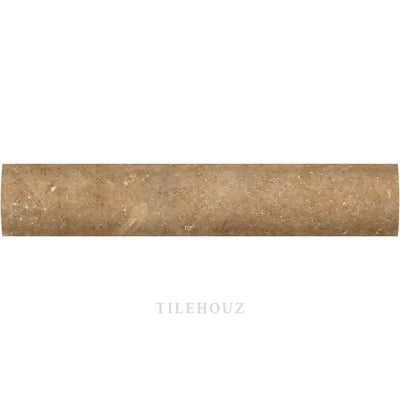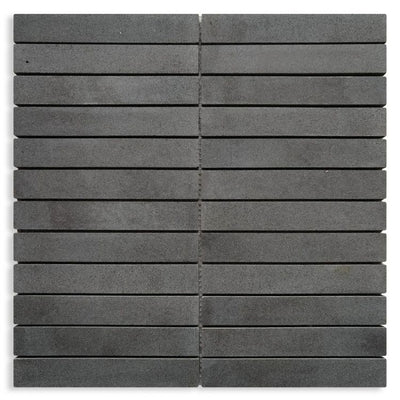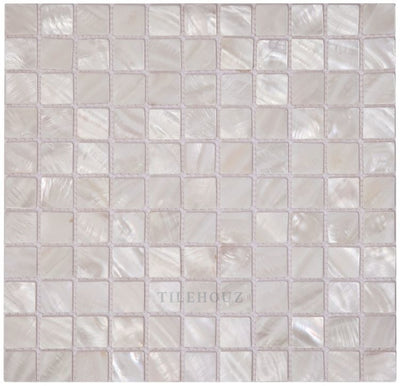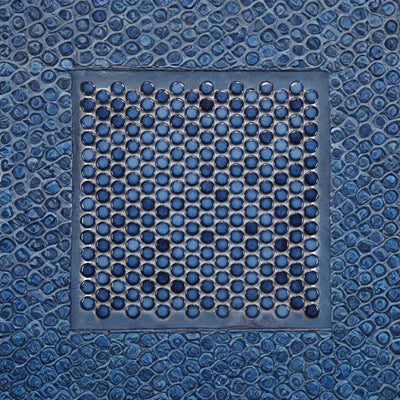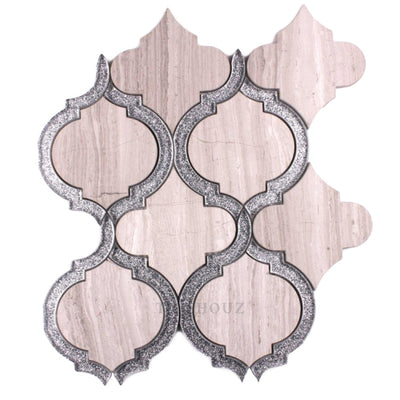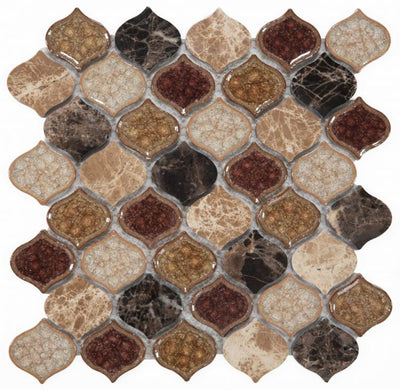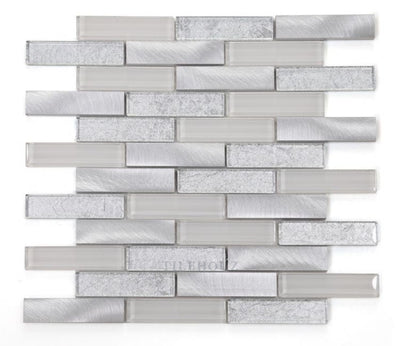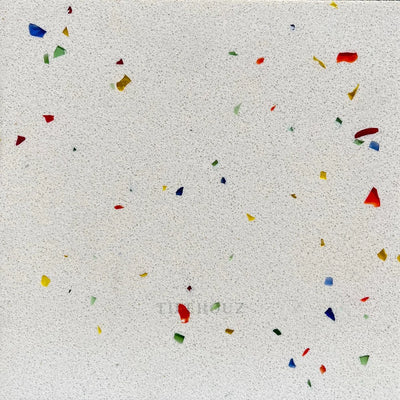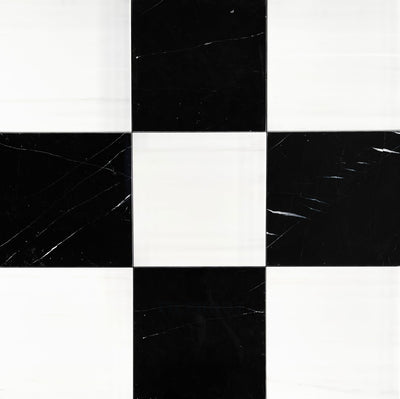What Are Subway Tiles and Why Are They Popular?
Subway tiles have seen a resurgence in modern interior design, bringing a classic touch to homes worldwide. But what are they, and why are they so beloved? Let’s delve into the world of subway tiles to find out.
Understanding Subway Tiles
Subway tiles originated in the early 1900s, first used in the New York City subway stations. Their simple, rectangular design quickly gained popularity for its functionality and clean look. The designers of these tiles aimed to create a surface that was not only easy to clean but also familiar and welcoming to passengers using underground transit for the first time. Thus, subway tiles made their debut, featuring slightly curved edges and a glossy finish, characteristics that remain popular to this day.
The fascination with cleanliness during the Victorian era played a pivotal role in the rise of subway tiles. These tiles are known for their glossy surface, which provides both stain resistance and ease of cleaning. This made them the go-to choice in bathrooms and kitchens, environments where sanitation is paramount. Their light-reflecting quality also helped brighten darker spaces, a feature that continues to make subway tiles popular for interior wall applications.
Benefits of Using Subway Tiles
Subway tiles bring a host of advantages to any setting. Their easy-to-clean surface and durability make them perfect for high-traffic areas like kitchens and bathrooms. Moreover, their affordability means they are accessible to many homeowners looking to infuse their spaces with style without breaking the bank. With a classic design that complements both traditional and modern aesthetics, subway tiles remain a versatile option that fits into diverse interior styles.
Design Versatility
Subway tiles come in various colors, materials, and finishes, offering endless design possibilities. Whether you’re interested in classic white for a timeless look or seeking to make a bold statement with bright hues, subway tiles can adapt to meet your design visions. The basic rectangular shape is highly adaptable, allowing for various laying patterns like herringbone or vertical, which can add unique touches to your space.
For those intrigued by more unconventional designs, subway tiles are available in trendy textures and materials such as glass or natural stone, opening up a wider range of creative avenues. Adjusting the grout color is another effective way to alter the visual appeal of subway tile installations, from creating a seamless look to accentuating the tile layout with contrasting grout.
How to Incorporate Subway Tiles in Your Home
Subway tiles are incredibly adaptable for various home applications. They are ideal for kitchen backsplashes, offering not just protection but also a stylish upgrade to your culinary space. In bathrooms, their water-resistant qualities make them an excellent choice for walls and showers, providing both functionality and a sense of luxury. Beyond these common uses, subway tiles can also serve as accent walls in living rooms or entryways, bringing a touch of elegance and class.
Experiment with different tile patterns to convey your personal style—try offset brickwork for a classic appeal or vertical stacks for a modern twist. Subway tiles aren’t just limited to indoor applications; certain durable materials like porcelain can extend their stylish appeal outside, perhaps for a chic patio design. For more ideas on integrating tiles throughout your home, check out ways to transform your space into a personal haven.
Wrapping It Up: The Timeless Allure of Subway Tiles
Subway tiles, with their classic appeal and versatile uses, have remained a staple in design for good reason. Their simple yet stylish appearance fits well in any home, making them a timeless choice for many.

